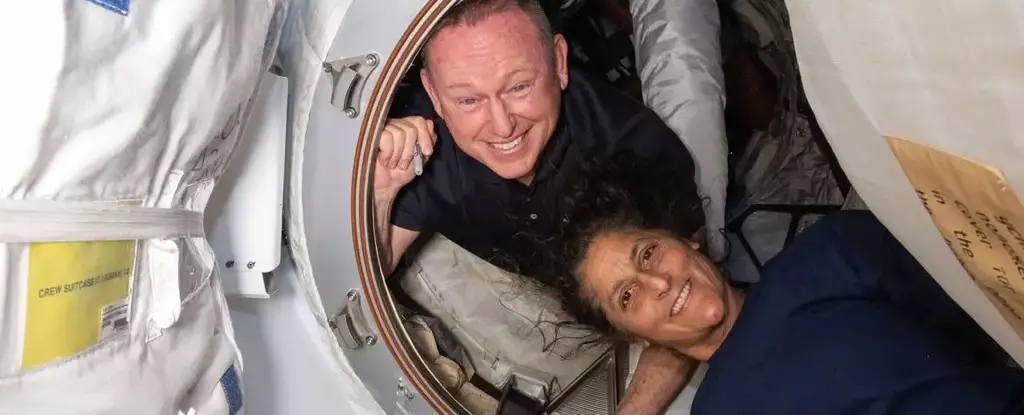The recent announcement by NASA that US astronauts Barry “Butch” Wilmore and Sunita “Suni” Williams will have to extend their stay at the International Space Station, and return home aboard SpaceX instead of Boeing’s Starliner, comes as a fresh blow to Boeing’s already tarnished reputation. This decision, made to ensure the safety of the astronauts, highlights the risky nature of space flight, especially during test flights. Despite the setbacks, NASA remains committed to working with both Boeing and SpaceX to have reliable means of transporting astronauts to and from the ISS.
Boeing’s Starliner faced numerous issues during its journey to the ISS, from thruster malfunctions to helium leaks. These problems led to the decision to keep the astronauts on the space station and return Starliner uncrewed. The delays in the return of the spacecraft have pushed Wilmore and Williams’ stay in orbit from eight days to eight months, significantly altering their mission. The decision to bring the astronauts back on a SpaceX vehicle in February was deemed necessary due to the risks involved in using the problematic Starliner for their return.
The alteration in the return plans for the astronauts has also affected SpaceX’s upcoming missions. The Crew-9 mission, scheduled for late September, will now only carry two passengers instead of the initial four, to accommodate the return of Wilmore and Williams. This change required reconfiguration of seats on the Dragon spacecraft and adjusting the manifest to accommodate the additional cargo and equipment needed for the extended stay of the astronauts. While SpaceX has been the go-to vehicle for transporting astronauts for the past four years, NASA remains hopeful that Boeing will address the issues with Starliner and resume crewed flights in the future.
Boeing’s challenges in the space industry have been further highlighted by the recent setbacks with Starliner. The company, known for its aircraft manufacturing, has faced concerns regarding safety and quality control in recent years. The delays in the development and testing of Starliner have put Boeing in a difficult position, especially as SpaceX has taken the lead in crewed missions to the ISS. The competition between the two companies has intensified, with SpaceX proving its reliability in transporting astronauts while Boeing struggles to meet the expectations set by NASA.
Despite the setbacks and challenges faced by Boeing, the collaboration between NASA and private space companies like SpaceX continues to push the boundaries of space exploration. The focus remains on ensuring the safety of astronauts during their missions and developing reliable means of transportation to and from the ISS. The delays and changes in plans underscore the complexities of space travel and the importance of thorough testing and preparation before sending humans into orbit. As the space industry evolves, companies like Boeing and SpaceX will need to address issues quickly and effectively to maintain the trust and confidence of NASA and the public in crewed space missions.


Leave a Reply